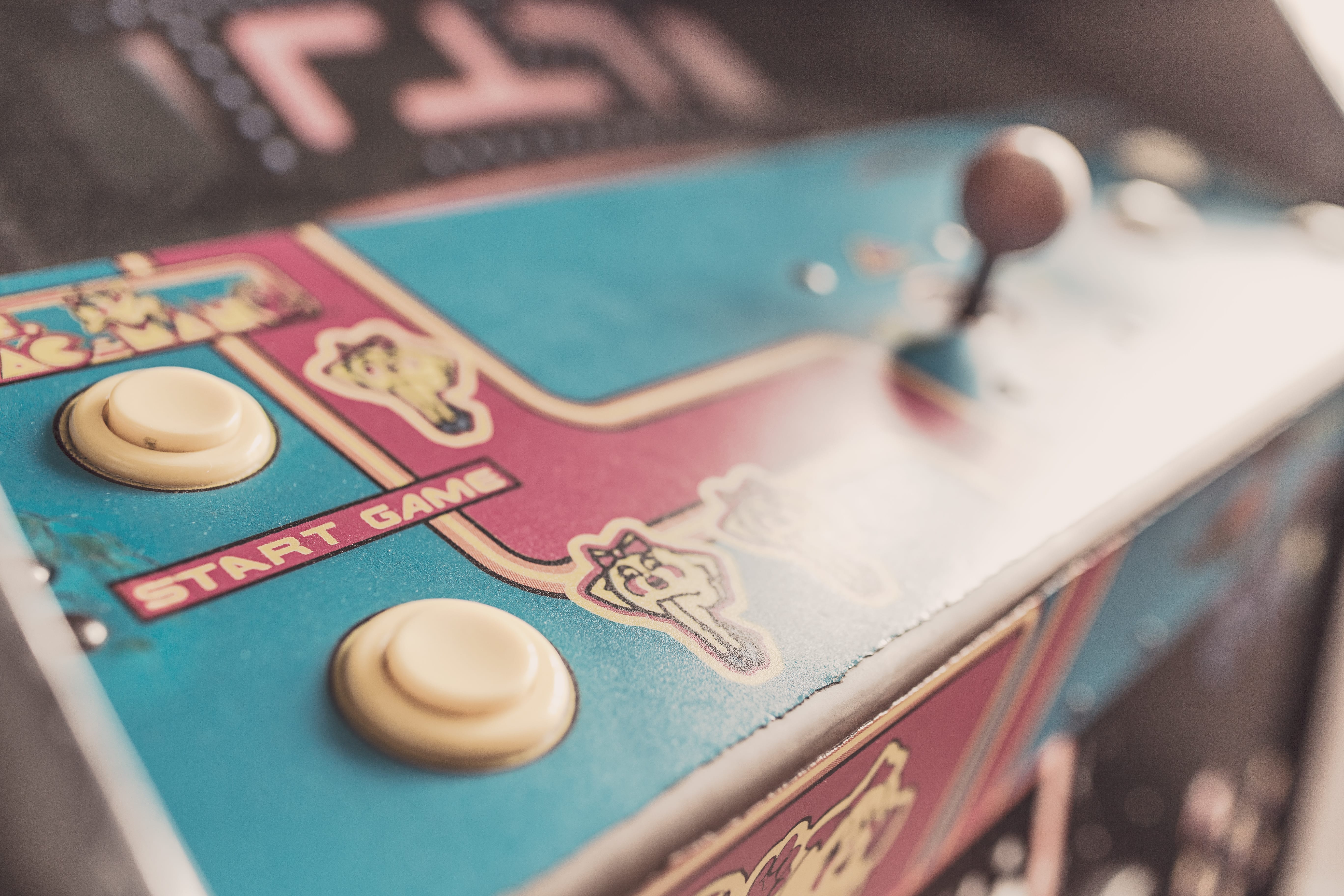It’s been a tough decade for the coin-op industry, with $1 apps replacing $0.25 plays at the local arcade. But for some game enthusiasts, Angry Birds just can’t top a classic like Donkey Kong, Space Invaders or Ms. Pac-Man. For $75 a month, All You Can Arcade delivers 30-year-old arcade machines to private homes and corporate offices in and around San Francisco, giving kids at heart and millennials alike a taste of old-school gaming. Here, co-founder Seth Peterson discusses what it takes to give decades-old machines — and their owners — a second life, where to scavenge for parts that haven’t been produced in years, and how a career as a stockbroker led to field service, anyway.
How did you get into the arcade service business?
 My brother Timothy and I wanted to start a business. We started off by buying and selling games online, and doing salvage. When we finally got around to learning how to work on them, we knew there was some magic there.
My brother Timothy and I wanted to start a business. We started off by buying and selling games online, and doing salvage. When we finally got around to learning how to work on them, we knew there was some magic there.
We manage a portfolio of about 200 games that we deliver to customers in the Bay Area. We also have operators who help fill some of the demand. Now, we’re figuring out what kind of infrastructure we need, not just to rent games to our customers but also to support operators and make it easy to schedule rentals and to fix machines when they break. Ultimately, we don’t just want to be a website where arcade operators go to rent their games. We want to help them find the games, sell them and fix them.
Where do you find these old machines to restore?
We’re always on Craigslist. I recently snagged a Pac-Man from a guy who had the game in the dining room of his trailer. His wife was so excited to see it go. We’ve also acquired nine operators by putting together All You Can Arcade. We’ll buy an entire shop with every game inside of it, including all of the tiny components that are so hard to source. Our strategy is simple: We don’t pay very much, but if someone wants to sell a game, we’re there right away.
Who actually repairs these arcades?
My brother and I both fix the machines. My background is as a stockbroker. Three years ago I didn’t even know how to open up the back of one of these things. But, as they say, necessity is the mother of all invention. I made myself learn how to fix them.
Where do you find manuals for fixing these relics?
Believe it or not, the collector community has uploaded almost all of the arcade manuals to archive.org. There is a community of people who love the games, and who want to preserve them. I honestly don’t know how people worked on video games before the Internet, because there are just so many things that can go wrong.
What typically does go wrong?

Seth and Tim Peterson
Monitor problems are common. They were made with capacitors with a 12-year shelf life, and these games are 30 years old. We always have to change the capacitors when we get a new game. That solves about one-third of the problems.
Power supplies are another common problem. They short out, or they get too hot or the resistors blow. The Pac-Mac cabinet we just bought has caramel color all over the transformers. I’m pretty sure it’s Dr. Pepper, which likely shorted the transformer.
For parts, we’re lucky in that we have eBay. Video game forums with people in the arcade industry help us find parts. Also, we have a lot of games, so we can usually find a part in our shop that will work. But there’s definitely a supply problem. Once you get a game working, however, there’s very little maintenance.
Any tools you can’t work without?
A degaussing coil is essential. The TV industry might use them, but I don’t know of any other industry that uses that tool. If you jiggle a game when you move it or set it up, you can throw all the electrons to one side of the monitor, which will affect the color. The degaussing coil magnetizes the field in front of it, which fires the electrons so they’re not slammed against one side.
A digital multimeter, a soldering iron and a de-soldering iron are other tools that we use all of the time. You can do most arcade repairs with those basic tools. A security screwdriver set is also useful. We’ve made more money off of a security screwdriver set than almost any other tool. We’ll buy a game with a simple fuse problem, but the average person doesn’t have the star-shaped screwdriver to fix the problem.
Where does your passion for field service come from?
We view the arcade operators, the TV repairmen, the Frito Lay deliverymen, you name it, as people who get things done. When we see other technicians on the road, there’s just a certain respect that we have because we understand what it’s like to be out there every single day making the world go ‘round.


My boss has one and he wants and need someone to repair it
Would like to get my Pac man cocktail game running again. Has been sitting for 4 to 5 years
Who can repair my Ms Pac Man machine ? It comes on and plays up to the pretzel level then the screen goes crazy and starts over ?????
My table top Pacman has no screen
I can hear it working but can’t see it
My Ms Pacman is dead. need in kome consultation